
On 22nd February this year I posted a piece titled "Important Sources", in which I indicated those elements which are now important for the "reform of the reform" of the Liturgy. Although I mentioned in that post the Motu Proprio Summorum Pontificum, I did not mention the Letter to the Bishops which accompanied it. Here now, a few words on this important ingredient. I will draw you attention to just a few points, but it is obviously important to read the whole Letter.
1. The Holy Father says, "It is not appropriate to speak of these two versions of the Roman Missal as if they were "two Rites". Rather, it is a matter of a twofold use of one and the same rite."
The Motu Proprio has then indeed brought the two Forms of the Roman Rite together, and there is no contradiction between them, but they both express the same action of the Mass.
2. Later he writes, speaking about those who are attached to the older form; "This was especially the case in countries where the liturgical movement had provided many people with a notable liturgical formation and a deep, personal familiarity with the earlier Form of the liturgical celebration."
Now, it is good to note that the "liturgical movement" was something which began in the mid 1800s, and that it is still in progress now. And that this movement is something which was initiated during the "Tridentine" era, and its sole focus, for over 100 years, was the older Form. Also, it is good to note how the Holy Father points to a relationship between liturgical formation and liturgical development. Today's era of poor liturgical formation does not compete well with the liturgical formation of the era our grandparents and their forbears.
3. Later, speaking about the new Form he says that, "in many places celebrations were not faithful to the prescriptions of the new Missal, but the latter actually was understood as authorising or even requiring creativity, which frequently led to deformations of the liturgy which were hard to bear." The Holy Father honestly recognises that during recent decades we have not necessarily had a good celebration of the new Form, and in such circumstances, it is not easy to evaluate the genuine development of the Liturgy.
4. He speaks about how young people today "have discovered this liturgical form, felt its attraction and found in it a form of encounter with the Mystery of the Most Holy Eucharist". Well, young people are not simply bthe Church of the future but are a part of the Church of today, and they especially have discovered (on behalf of the whole Church) that the old Form is an essential reference point for a deeper understanding of the Liturgy.
5. He states that "there have been exaggerations and at times social aspects linked to the attitude of the faithful" who are attached to the old Form. Yes indeed, it is one thing to be attracted to the old Form, it is another when the old Form is, as a ritual, made into the central focus of the Christian life. That place belongs to Christ.
6. In speaking about how the two Forms are now in a position to reform each another, he simply says; "the two Forms of the usage of the Roman Rite can be mutually enriching". This is a tremendously important aspect of the present liturgical era. Each Form can see, in the light of the other, its own inherent need for reform and development. It is important to note here that wherever the two Forms are kept apart, the potential for mutual enrichment is diminished. This is the case wherever the two Forms are seen as mutually exclusive, and where there is no intention for dialogue.
7. The Holy Father points to a certain updating of the old Form by the new in saying that "new Saints and some of the new Prefaces can and should be inserted into the old Missal." In this regard we look to the Ecclesia Dei Commission to take the lead here.
8. I note finally that the Holy Father then speaks about a consequence of the Motu Proprio, which we should look for is the enrichment of the new Form: "The Celebration of the Mass according to the Missal of Paul VI will be able to demonstrate ... the sacrality which attracts many people to the former usage."
This accompanying Letter to Bishops is then, an important instrument for us to refer to in interpreting the call which the Church has made to all of us with regard to the Liturgy.


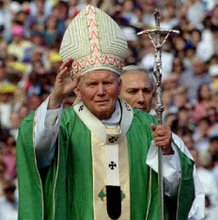

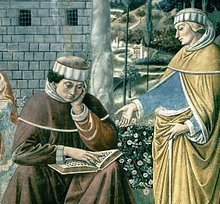
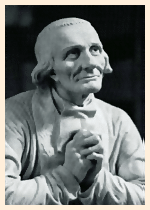




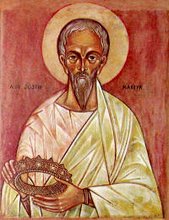

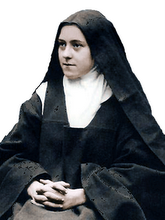
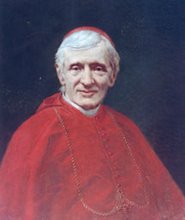
No comments:
Post a Comment